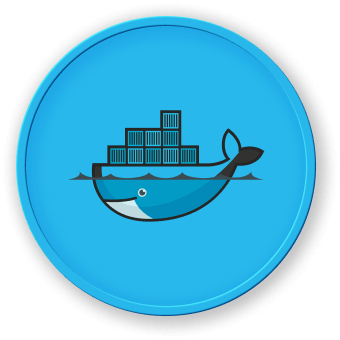Searching for Popular Docker Images
When working with Docker, it's essential to be able to find and use popular and well-maintained Docker images. Docker Hub, the official Docker registry, provides a vast collection of public images that you can search and use in your projects.
Searching for Docker Images on Docker Hub
You can search for Docker images on Docker Hub using the docker search command. This command allows you to search for images by name, description, or other metadata.
## Search for the "ubuntu" image on Docker Hub
docker search ubuntu
The output will show you a list of available Ubuntu images, including their name, description, and other relevant information.
Exploring Docker Hub Website
In addition to the command-line search, you can also browse and search for Docker images on the Docker Hub website (https://hub.docker.com). The website provides a user-friendly interface to search for, explore, and pull Docker images.
Identifying Popular Docker Images
When searching for Docker images, you'll want to identify the most popular and well-maintained ones. Look for images with a high number of pulls, a large community, and frequent updates. You can also check the image's rating, number of stars, and the reputation of the maintainer.
Evaluating Docker Image Quality
Before using a Docker image, it's important to evaluate its quality. Check the image's description, Dockerfile, and any associated documentation to ensure it meets your requirements. Look for images that have a clear purpose, well-documented usage instructions, and a responsive maintainer community.
graph TD
A[Search Docker Hub] --> B[Explore Image Metadata]
B --> C[Evaluate Image Quality]
C --> D[Pull and Use Image]
By following these steps, you can effectively search for and identify popular, official, and high-quality Docker images to use in your projects.




